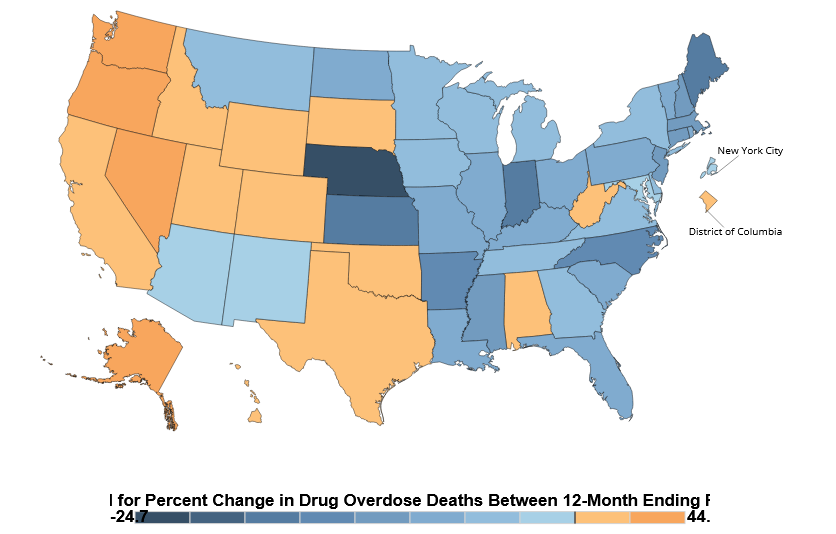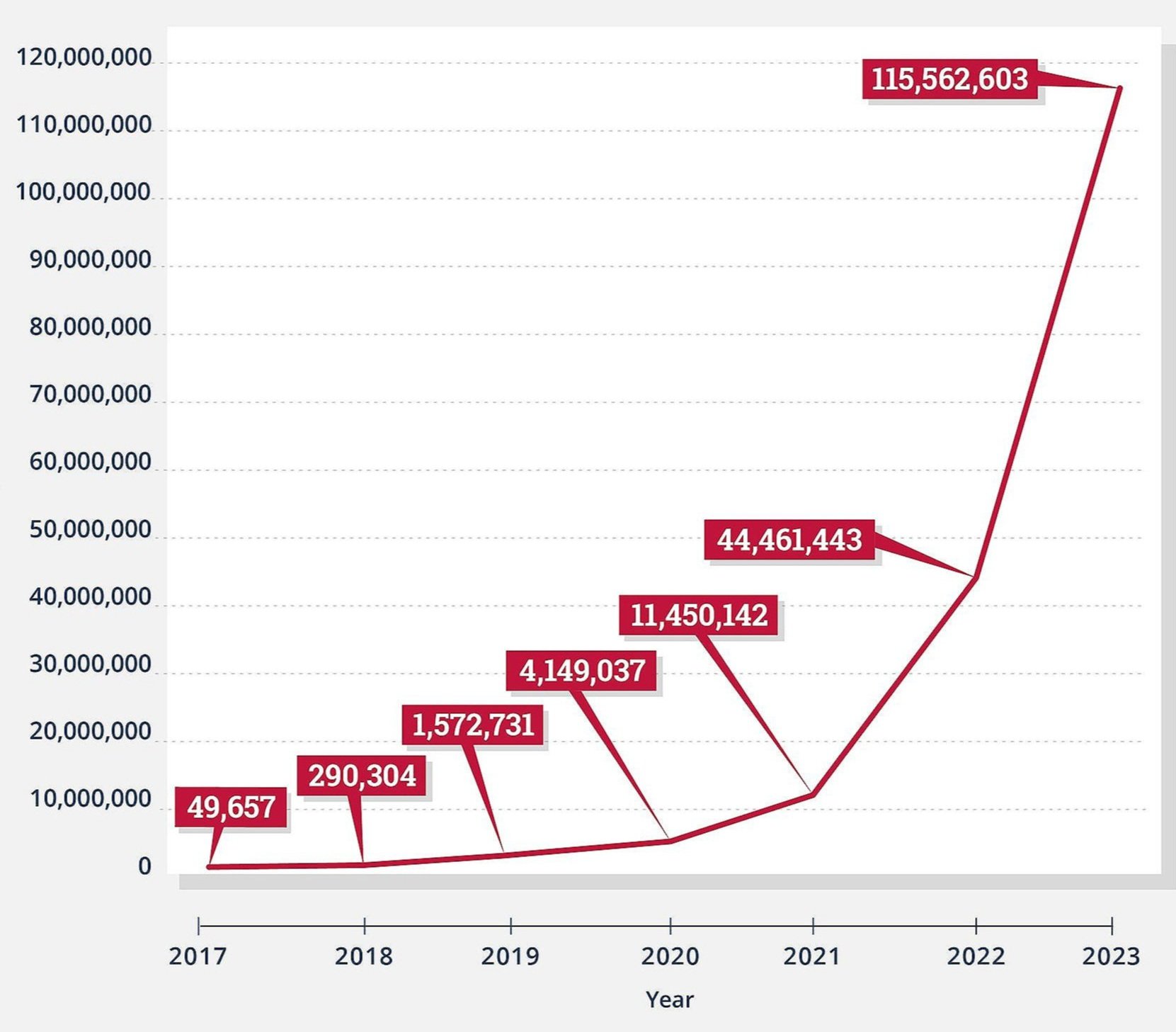How Stress, Burnout and Labor Shortages Affect Anesthesia Care
/By Pat Anson, PNN Editor
Growing demand for surgical procedures to treat chronic pain and other medical conditions is contributing to shortages of anesthesia care providers, according to an op/ed in Anesthesiology, the journal of the American Society of Anesthesiologists.
"The labor supply-demand imbalance for anesthesia clinicians has reached critical levels, with major implications for safe and effective patient care," says lead author Amr Abouleish, MD, an anesthesiologist and professor at the University of Texas Medical Branch, Galveston.
Many outpatient and elective surgical procedures that were postponed during the Covid-19 pandemic have been rescheduled, leading to a surge in demand that has exacerbated shortages of anesthesia staff. Before the pandemic, about 35% of hospitals and surgical centers reported an anesthesia staffing shortage. Two years after the pandemic, the staffing shortage doubled to 78%.
“But these shortages aren't unique to just anesthesia,” Abouleish told PNN. “We're short nurses, technicians, pharmacists, even aides. And we see that in all our facilities now nationwide.”
Tired of the stress, burnout and workload demands, some providers left healthcare to pursue other professions or retired early. That has contributed to a “dangerous spiral” that has compromised healthcare access and the quality of care. Instead of using general or full anesthesia in an operating room, many outpatient procedures are now performed using partial anesthesia or a local anesthetic, which are cheaper and require less staff.
Abouleish, who specializes in pediatric care, says the staffing shortages haven’t affected patient safety in his practice. But he often finds himself working with someone on a surgery team for the first time.
“The first time we meet the nurse anesthetists is literally the day I’m working with them,” he explained. “When I work with somebody I've worked with for 10 years, we have a rapport. We've developed trust and we understand each other's limits. And that's clearly more effective, better for the team, and better for patients. As long as there is a constant change in staff, I think that's worrisome for patient safety. The surgeons will tell you the same thing.”
Abouleish says the opioid crisis has led to a more multimodal approach to treating chronic pain, which has resulted in more fusions, nerve blocks, spinal injections and other procedures that require some level of anesthesia.
“It's gone from what I saw maybe 10 years ago, before the opioid crisis, where you had physicians or clinics where the only pain management was to hand out opioids. Now it's a multimodal, multidisciplinary approach,” he said.
“There are some patients who do well with a low dose opioid, there's no question about that. But it's also important to have that multi-disciplinary approach to chronic pain. The goal oftentimes is not to take the pain away, it's just to make your everyday life more livable.”
The Center for Anesthesia Workforce Studies estimates that nearly 4,800 anesthesia professionals in the U.S. left the workforce in 2022. The following year, about 5,200 anesthesia professionals entered the workforce from training programs. Although the anesthesia workforce is growing, it’s not growing fast enough to keep pace with demand or attrition. About 57% of anesthesiologists are 55 or older and nearing retirement.
To ease workforce shortages, Abouleish and his co-authors say the number of anesthesiologist residency positions should be increased. Steps should also be taken to improve staff retention by addressing burnout and other workplace issues through more flexible scheduling and part-time work. They also say Medicare payments for anesthesiology services need to increase to keep pace with inflation and higher healthcare costs.














